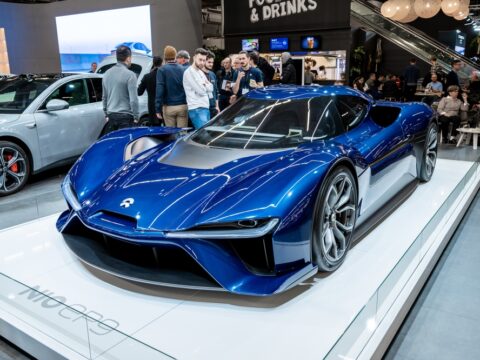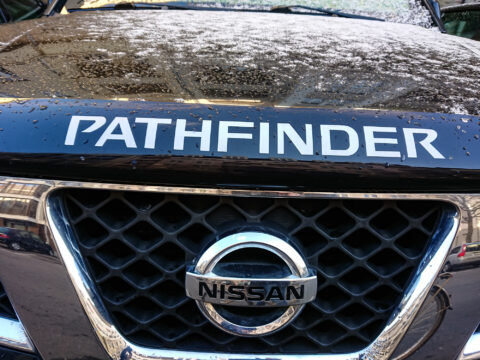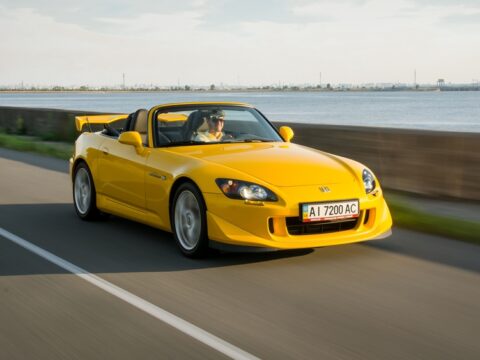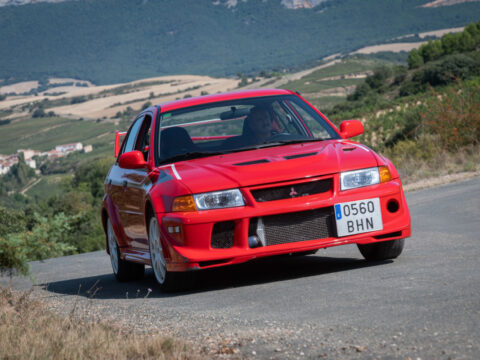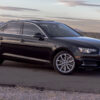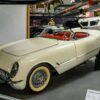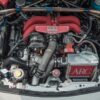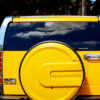Luxury vehicles are often seen as symbols of status, innovation, and comfort, but not every high-end car is destined for success. While some models capture the attention of buyers, others miss the mark entirely, whether due to design flaws, pricing missteps, or simply not meeting expectations. Here are 18 luxury vehicles that, despite their promise, failed to make an impact in the market.
Contents
Cadillac ELR (2014-2016)
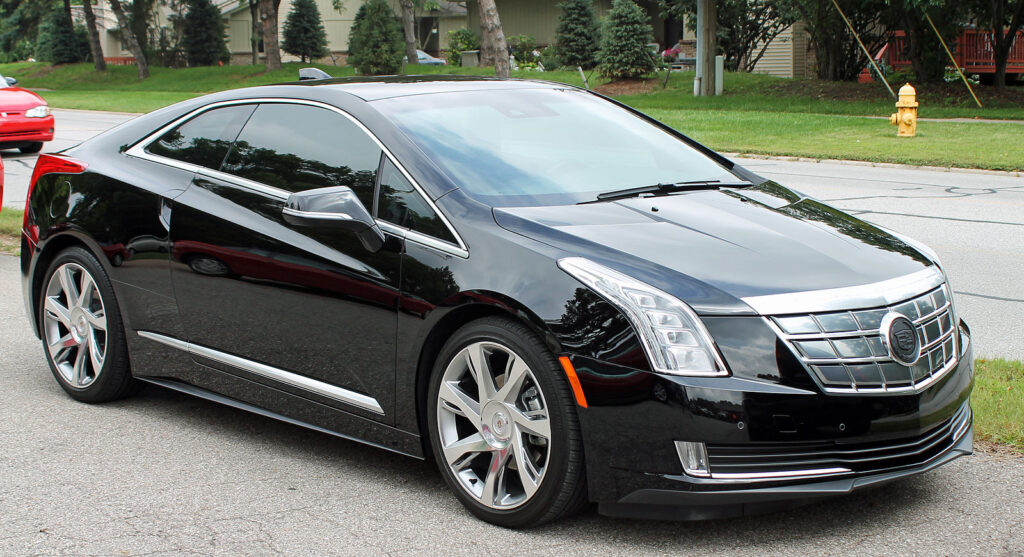
When Cadillac introduced the ELR, it was meant to be a luxury plug-in hybrid, but its sky-high price of over $75,000 was a major hurdle. Sharing much of its platform with the far more affordable Chevrolet Volt, the ELR didn’t offer enough added value to justify the premium price tag. Performance was also underwhelming, and its limited electric range left many potential buyers disappointed. With Tesla’s Model S offering better range and performance for a similar price, the ELR quickly lost appeal.
Lincoln Blackwood (2002)
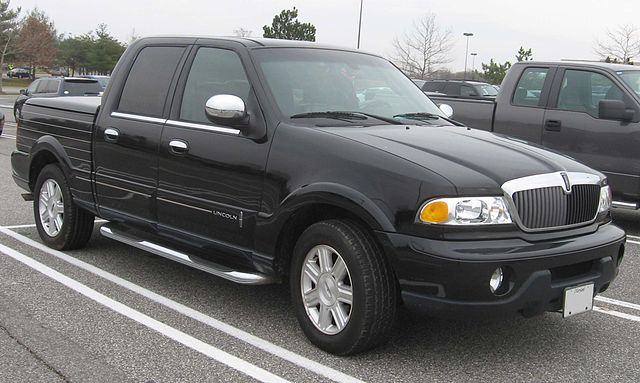
Lincoln’s first foray into the luxury truck market with the Blackwood was short-lived and unsuccessful. Marketed as a premium pickup, its strange mix of luxury and impracticality—like a carpeted, non-functional truck bed—failed to win over buyers. At a starting price of $52,000, it was both expensive and confusingly designed. Only about 3,300 units were sold, leading Lincoln to pull the plug after just one year.
Jaguar X-Type (2001-2009)
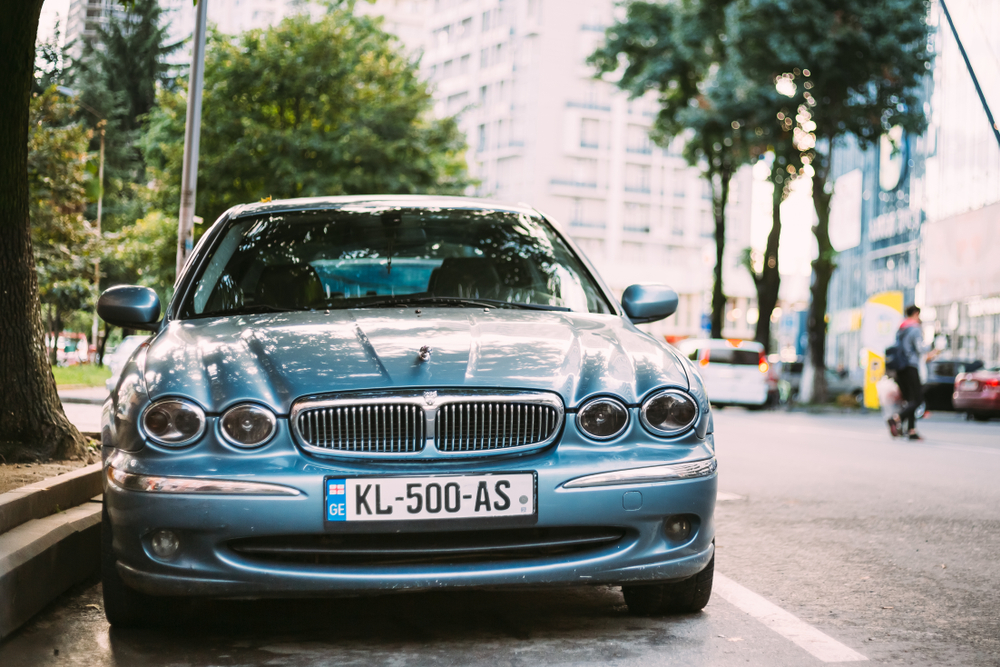
Hoping to attract a new audience with the entry-level X-Type, Jaguar instead alienated many loyalists and potential buyers. Built on a Ford Mondeo platform, it never delivered the level of luxury or performance expected from the Jaguar name. Critics panned its quality issues and uninspired design, which stood in stark contrast to the more dynamic BMW 3 Series.
Aston Martin Cygnet (2011-2013)
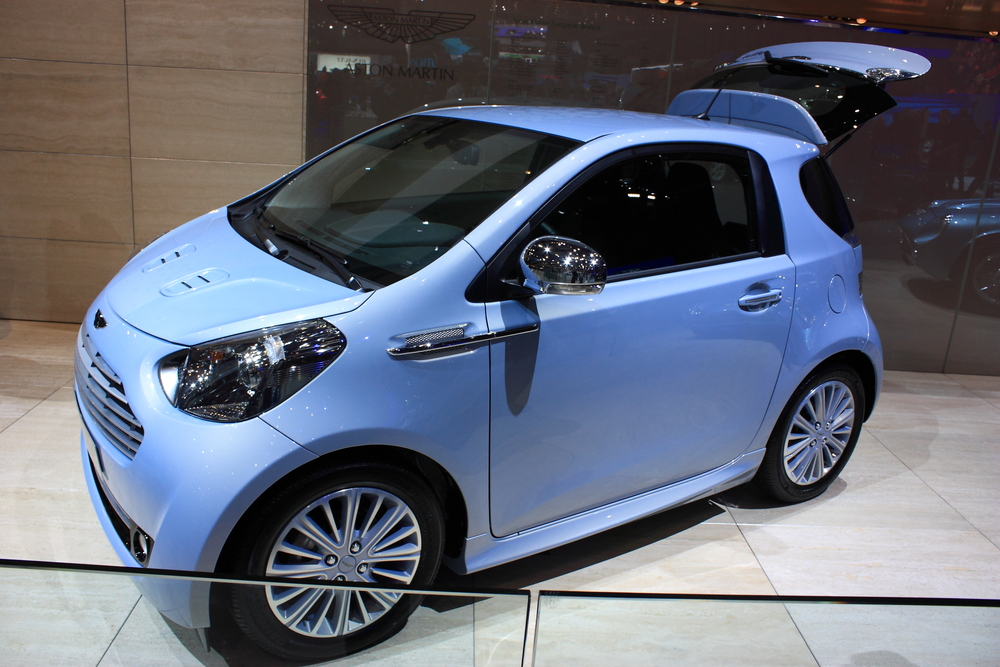
The Cygnet was Aston Martin’s surprising and rather puzzling attempt at a compact city car, but it missed the mark completely. Essentially a rebadged Toyota iQ, this small car carried a hefty price tag of around $40,000. Buyers expecting the thrill and prestige of an Aston Martin sports car were instead greeted with a cramped, underpowered urban vehicle. It sold fewer than 300 units before being quietly discontinued.
Volkswagen Phaeton (2002-2016)
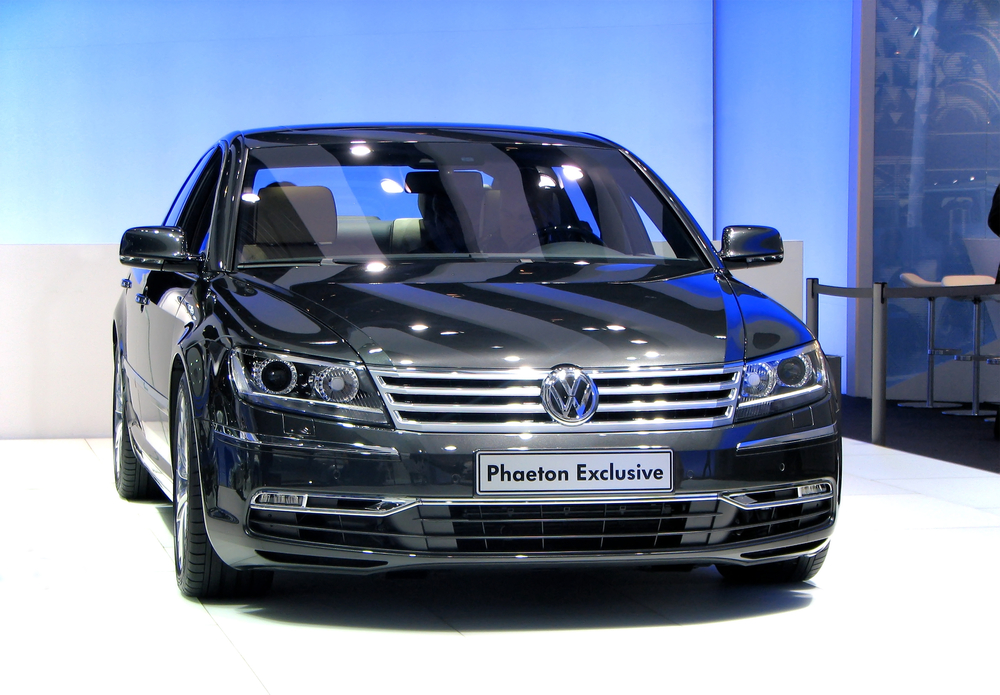
Volkswagen tried to enter the luxury sedan market with the Phaeton, a car that was technologically impressive but commercially disastrous. Despite its incredible craftsmanship, advanced features, and comfort, the Phaeton’s biggest problem was its badge—luxury buyers weren’t ready to pay $70,000 for a Volkswagen. Its conservative design didn’t help it stand out either, and it remained a niche product throughout its production run.
Cadillac Allanté (1987-1993)
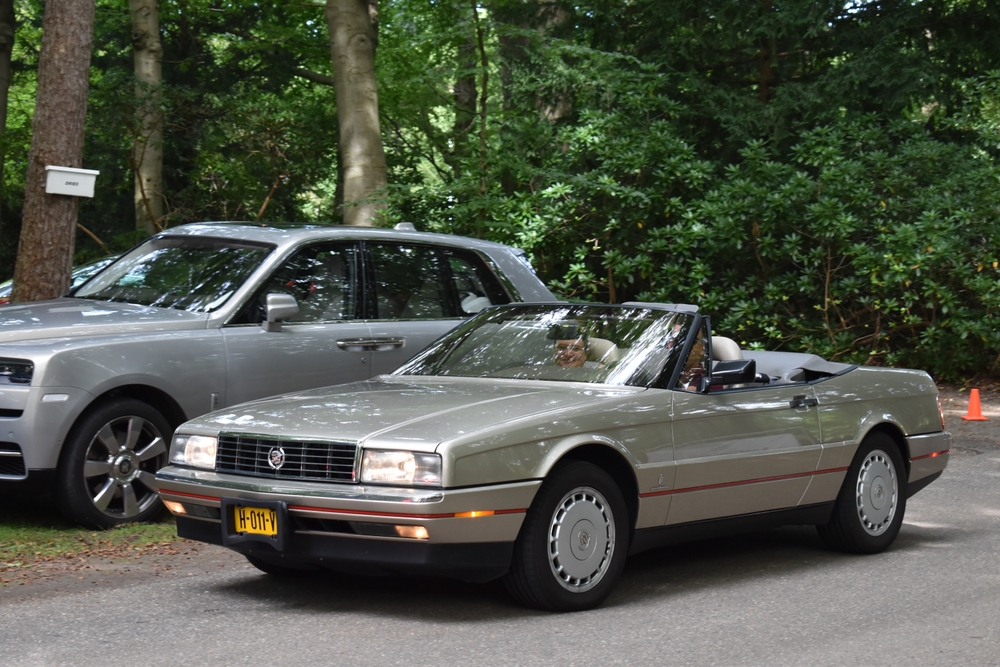
Cadillac envisioned the Allanté as a rival to European luxury roadsters, but the execution fell short. The car, with its Pininfarina-designed body, was assembled in Italy and shipped to the U.S. for final assembly, but this added complexity without delivering noticeable benefits. Priced over $50,000, it failed to match the performance and refinement of competitors like Mercedes. Limited demand and poor sales led to its discontinuation after just six years.
Mercedes-Benz R-Class (2006-2013)
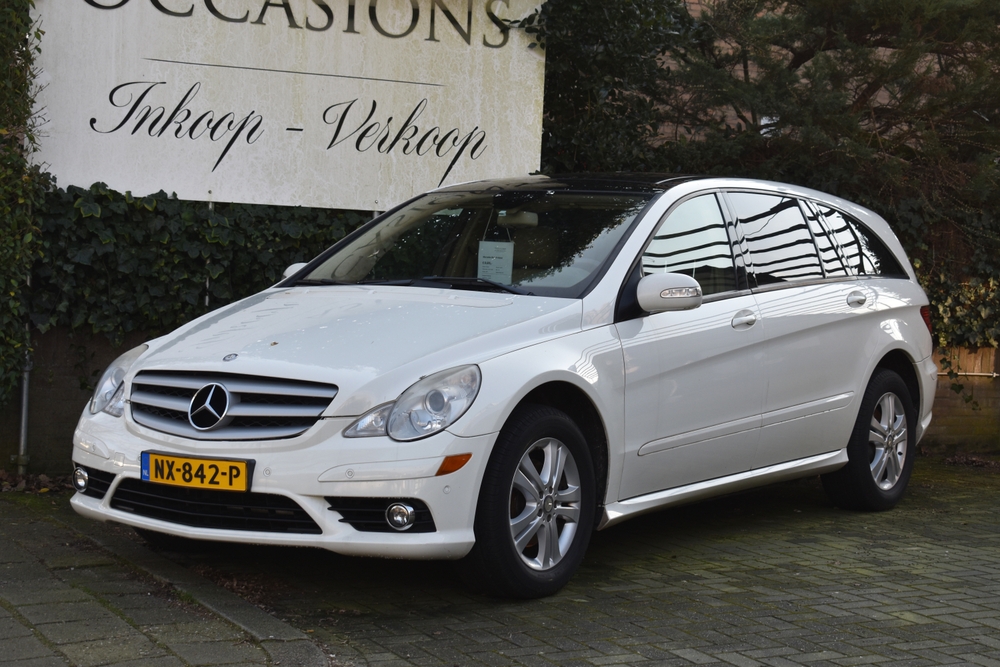
Mercedes attempted to blend luxury with minivan practicality in the R-Class, but the result was a confused vehicle that didn’t fit into any clear category. Its oversized body and van-like profile alienated luxury SUV buyers, while its high price and limited utility discouraged minivan shoppers. Mechanical issues and expensive repairs further damaged its reputation. Sales lagged behind expectations, leading to its quiet discontinuation in 2013.
Lexus HS 250h (2009-2012)
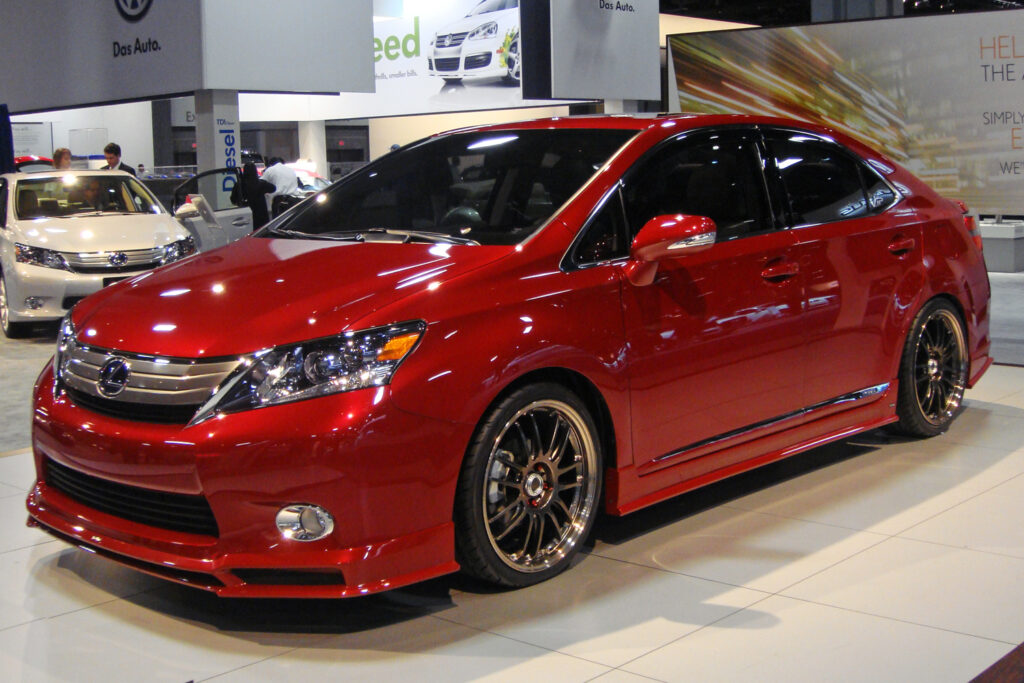
The Lexus HS 250h was meant to be the brand’s luxury hybrid offering, but it failed to gain traction in the market. With styling that was too bland for the luxury segment and fuel efficiency that barely improved on cheaper hybrids, it never stood out. Many customers chose the Toyota Prius over the HS 250h, finding better value at a lower price point. Its lackluster sales led Lexus to stop production after just three years.
Infiniti Q45 (2002-2006)
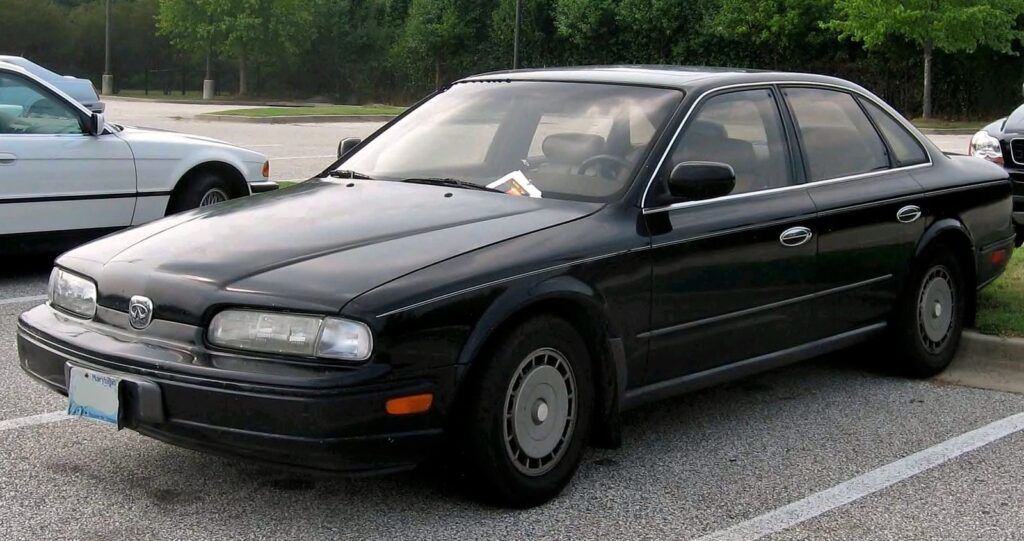
Infiniti’s Q45 was supposed to be a flagship luxury sedan, but it struggled to compete in a crowded segment. Despite being loaded with technology, the Q45’s bland exterior design and uninspired driving dynamics failed to captivate luxury buyers. Rivals like the BMW 7 Series and Lexus LS consistently outperformed it, both in terms of sales and brand prestige. Infiniti ended production in 2006 after persistently low demand.
Acura ZDX (2010-2013)
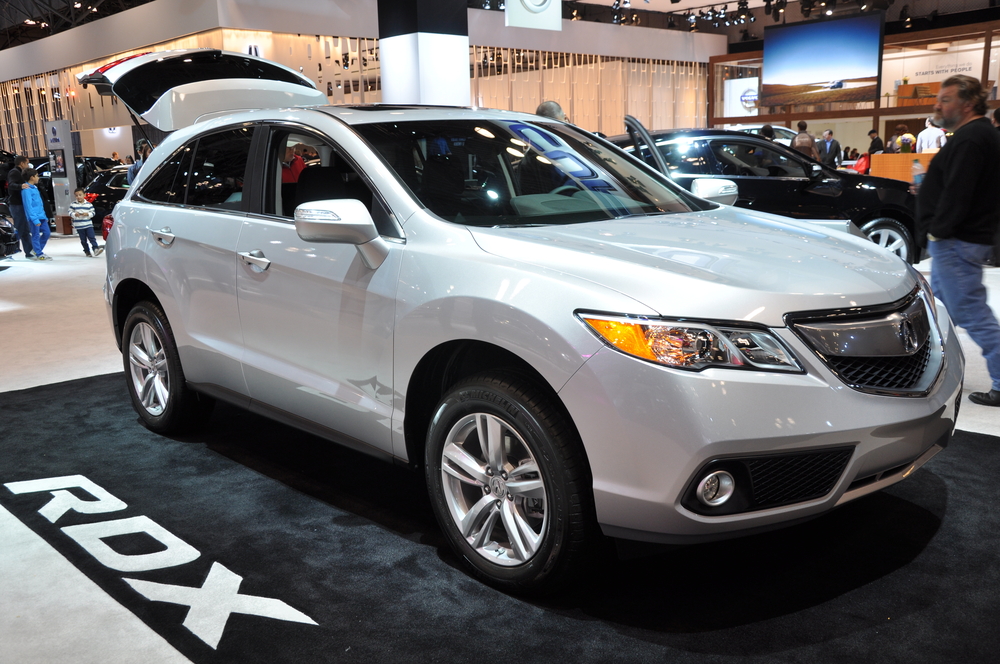
Acura’s ZDX, with its coupe-like crossover design, was too avant-garde for most buyers. While marketed as a bold and stylish alternative to traditional SUVs, its awkward proportions, limited interior space, and steep price made it a hard sell. Buyers also criticized its lack of practicality, which contrasted sharply with its SUV billing. After only three years of sluggish sales, Acura pulled the ZDX from showrooms.
Maserati Biturbo (1981-1994)
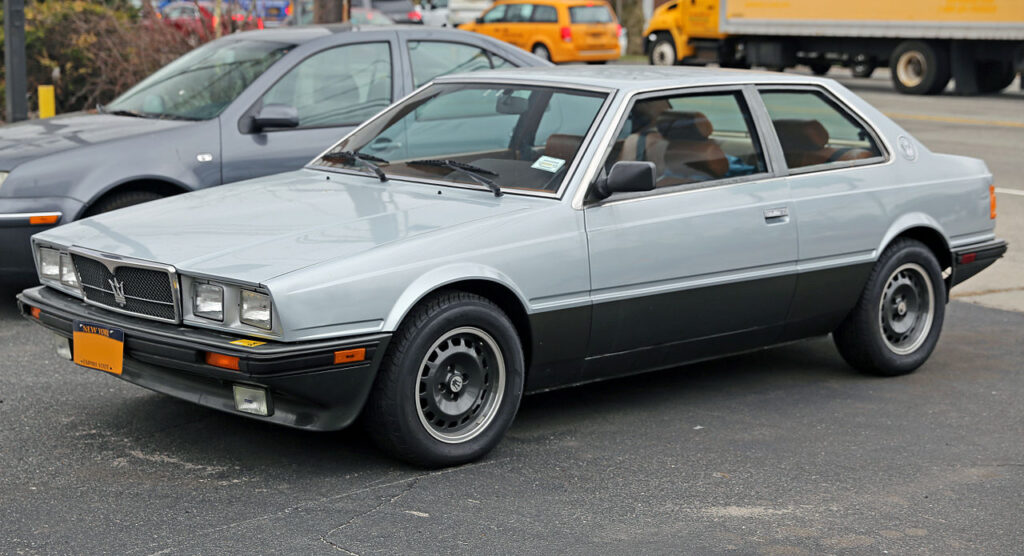
The Maserati Biturbo was intended to bring Italian luxury and performance to a broader audience, but its legacy became one of disappointment. Although the car had impressive specs on paper, including twin turbochargers, it suffered from chronic reliability issues. Mechanical failures and poor build quality turned many customers away, and the Biturbo’s reputation for breaking down overshadowed its potential. The model’s consistent problems hurt Maserati’s brand image during the era.
Lincoln Mark LT (2006-2008)
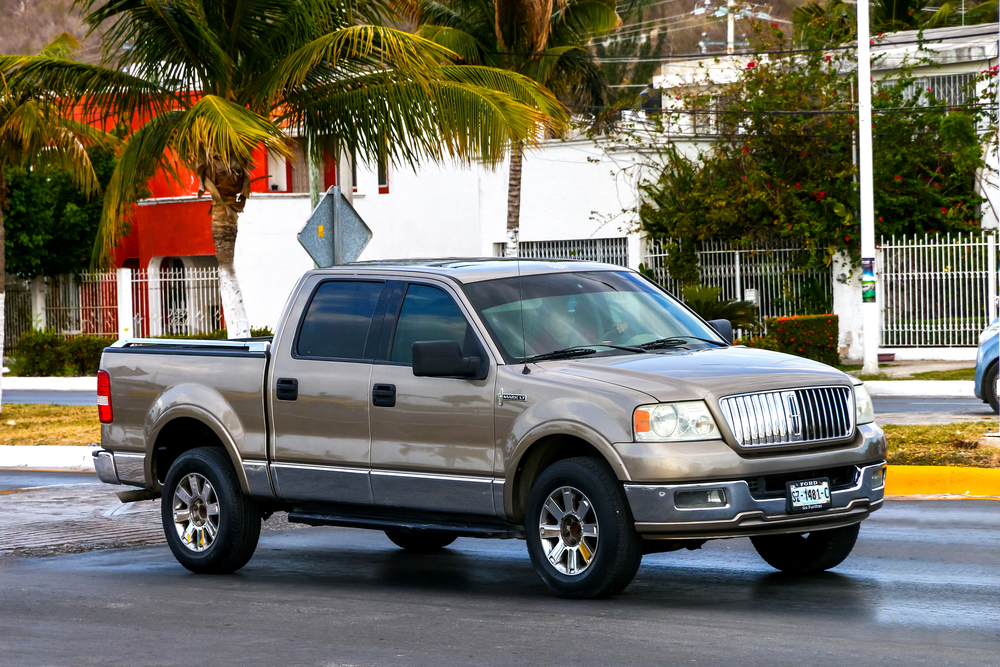
After the failure of the Blackwood, Lincoln tried again with the Mark LT, a more functional luxury pickup. Despite being a better all-around vehicle, it still couldn’t find an audience in the luxury market. Priced at over $40,000, the Mark LT didn’t offer enough to distinguish itself from other high-end trucks or justify its premium. Sales were unimpressive, leading Lincoln to discontinue the model after just two years.
Chrysler TC by Maserati (1989-1991)
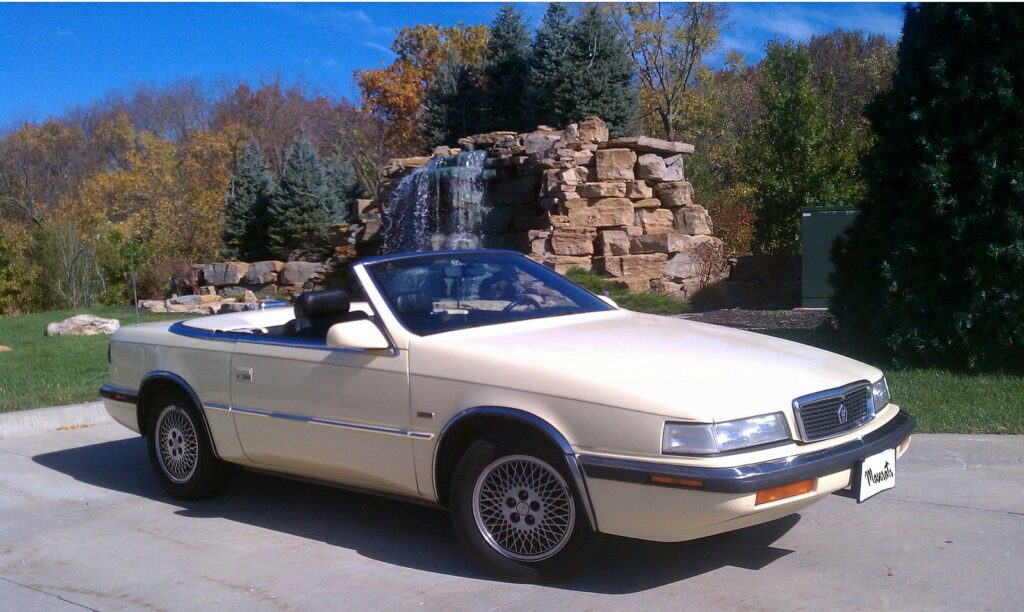
The Chrysler TC by Maserati was intended to combine the best of both brands, but the result was underwhelming. Essentially a dressed-up Chrysler LeBaron, the TC’s Italian design cues weren’t enough to mask its American roots. At nearly $33,000, buyers found it overpriced and lacking the refinement expected of a Maserati. Sales were tepid, and the collaboration ended after just a few years.
Audi A2 (1999-2005)
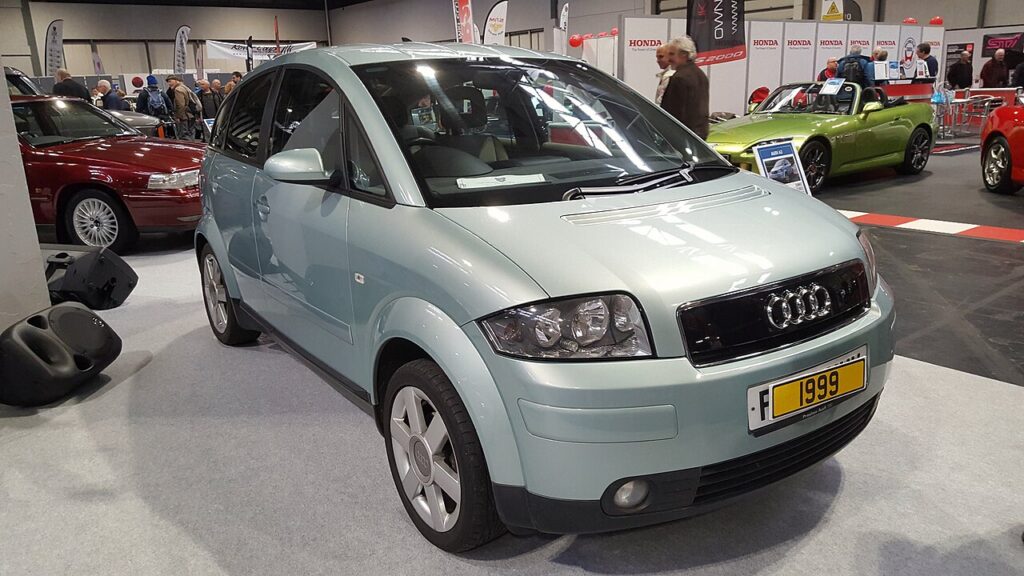
The Audi A2 was an innovative compact car that featured lightweight aluminum construction and great fuel efficiency, but it was simply too far ahead of its time. Its unusual styling and high price turned off many potential buyers who couldn’t justify the cost for a small, city-focused vehicle. Additionally, it lacked many of the premium features associated with the Audi brand. Despite its merits, sales were disappointing, leading Audi to discontinue it in 2005.
Saab 9-4X (2011-2012)
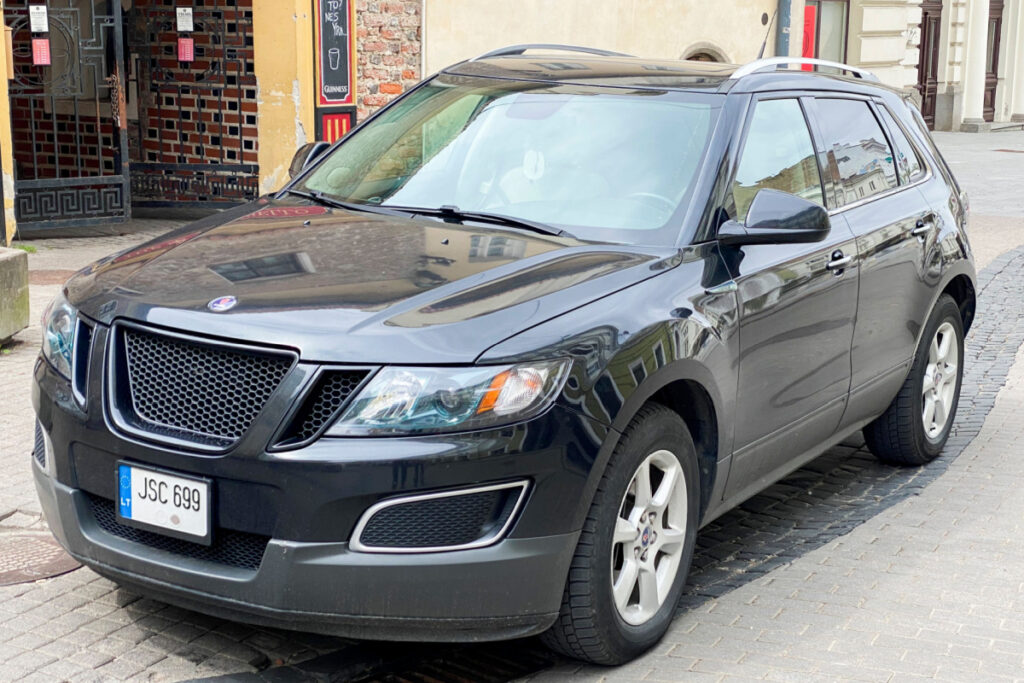
The Saab 9-4X arrived at a time when the company was already on the brink of collapse, and it became a victim of Saab’s financial woes. Though it was well-received for its smooth handling and stylish looks, the uncertainty surrounding Saab’s future made buyers hesitant. The company’s bankruptcy soon after its launch sealed the 9-4X’s fate, with fewer than 1,000 units produced before production stopped entirely.
Cadillac CT6 (2016-2020)
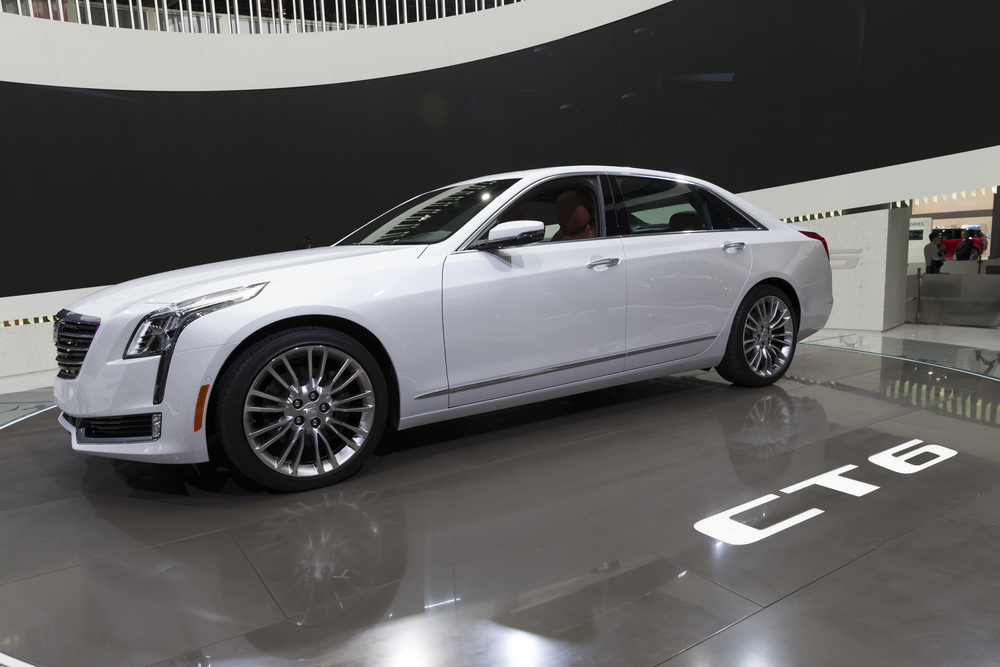
The Cadillac CT6 was meant to revive the brand’s fortunes in the luxury sedan market, but it never quite achieved the impact Cadillac hoped for. Despite its cutting-edge technology and competitive pricing, it was overshadowed by more established European rivals. Its design, while elegant, didn’t stand out enough, and the shift towards SUVs further diminished its appeal. Cadillac ultimately discontinued the model in 2020 after four years of tepid sales.
Honda Clarity (2017-2021)
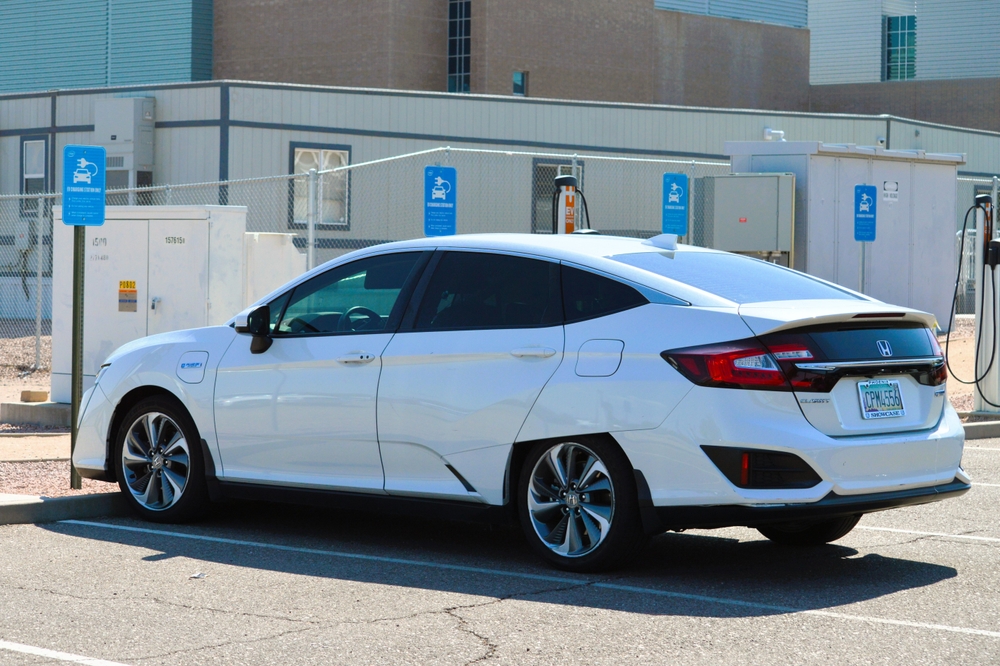
The Honda Clarity, a plug-in hybrid and hydrogen fuel cell vehicle, struggled to attract a large audience despite its advanced technology. Its high price and the limited availability of hydrogen fueling stations significantly hampered sales. Additionally, the Clarity’s uninspired design didn’t capture the attention of luxury buyers, who expected more in terms of aesthetics and performance. Honda eventually ended production due to low demand.
Buick Reatta (1988-1991)
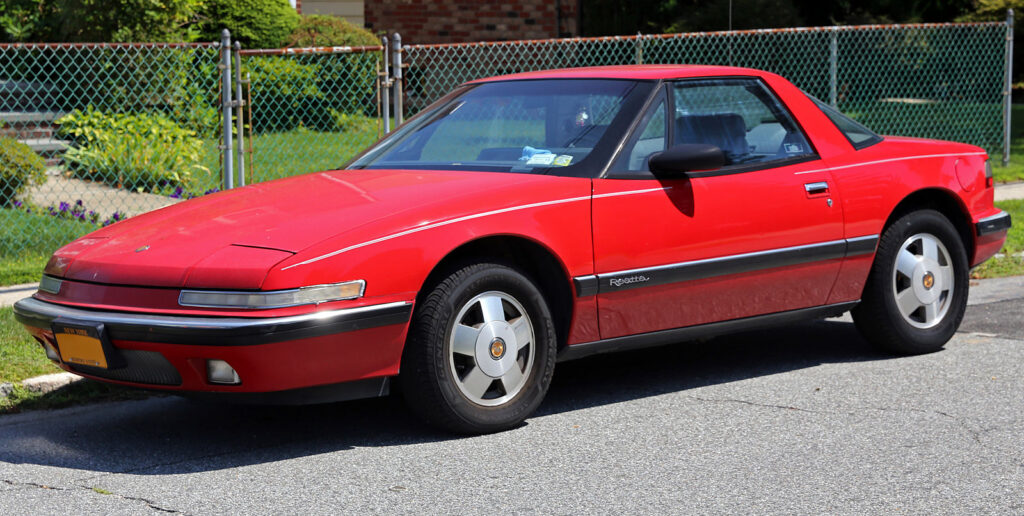
Buick’s attempt at a sporty luxury coupe with the Reatta failed to resonate with either sports car enthusiasts or luxury buyers. Priced similarly to faster and more exciting vehicles, the Reatta lacked the performance to compete in the sports car market. Its odd styling and limited practicality also made it a tough sell in the luxury segment. After just four years and low sales numbers, Buick discontinued the Reatta.
This article originally appeared in MyCarMakesNoise.
More from MyCarMakesNoise
20 Fascinating Camaro Facts You’ve Likely Never Heard
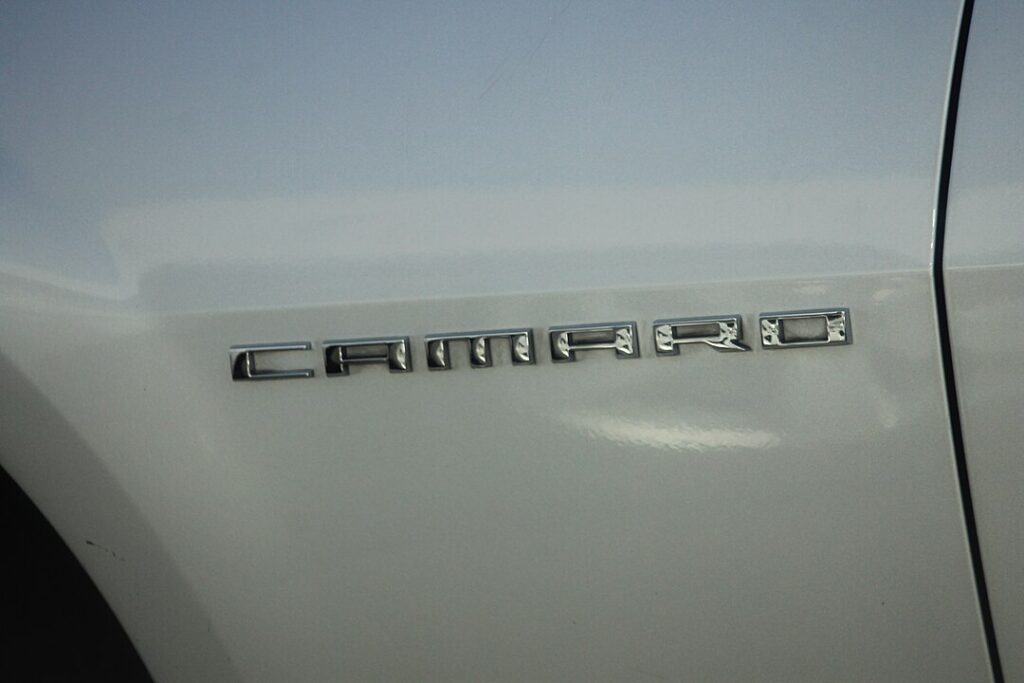
The Chevrolet Camaro has long been a favorite among car enthusiasts, known for its powerful performance and iconic design. But beyond the roar of the engine and sleek exterior, there’s a wealth of intriguing facts that often go unnoticed. Read More.
18 Red Flags to Watch for Before Buying a Used Car
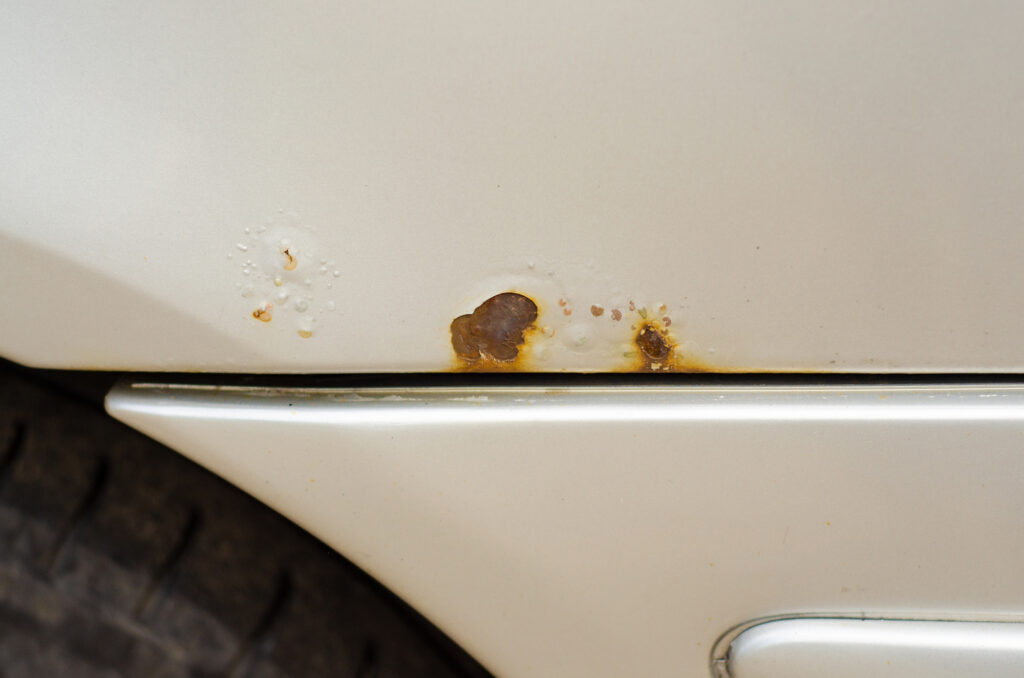
Buying a used car can be a great way to save money, but it also comes with its risks. To help you avoid making a costly mistake, we’ve compiled a list of 18 must-know red flags to watch out for. Read More.
20 Cars That Will Turn You into a Drifting Pro
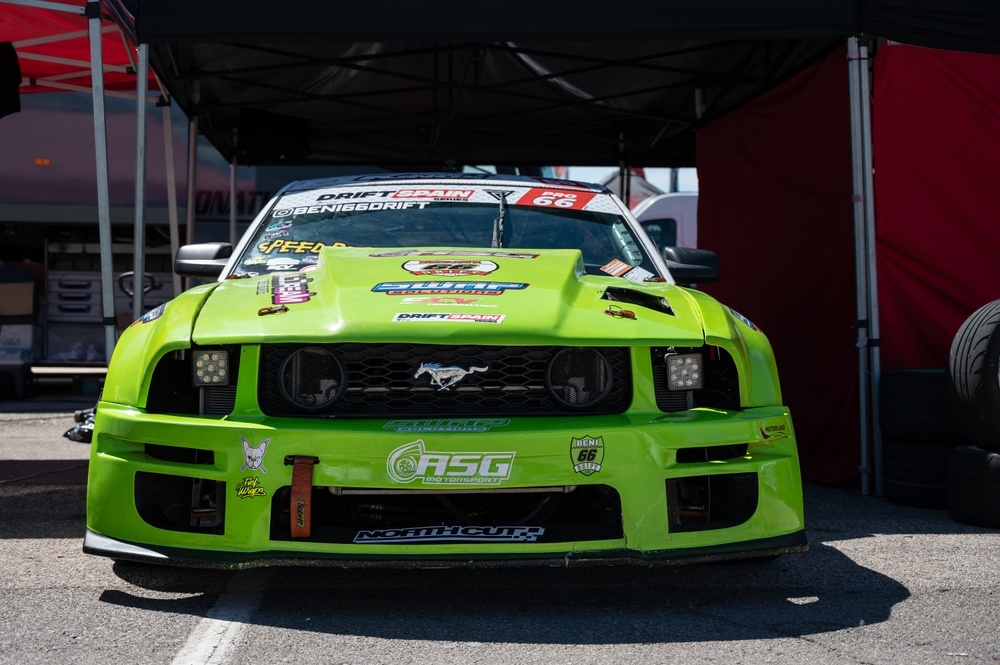
Drifting is an art form that requires skill, precision, and the right car. Whether you’re a seasoned drifter or just starting out, having the right vehicle can make all the difference. Read More.

